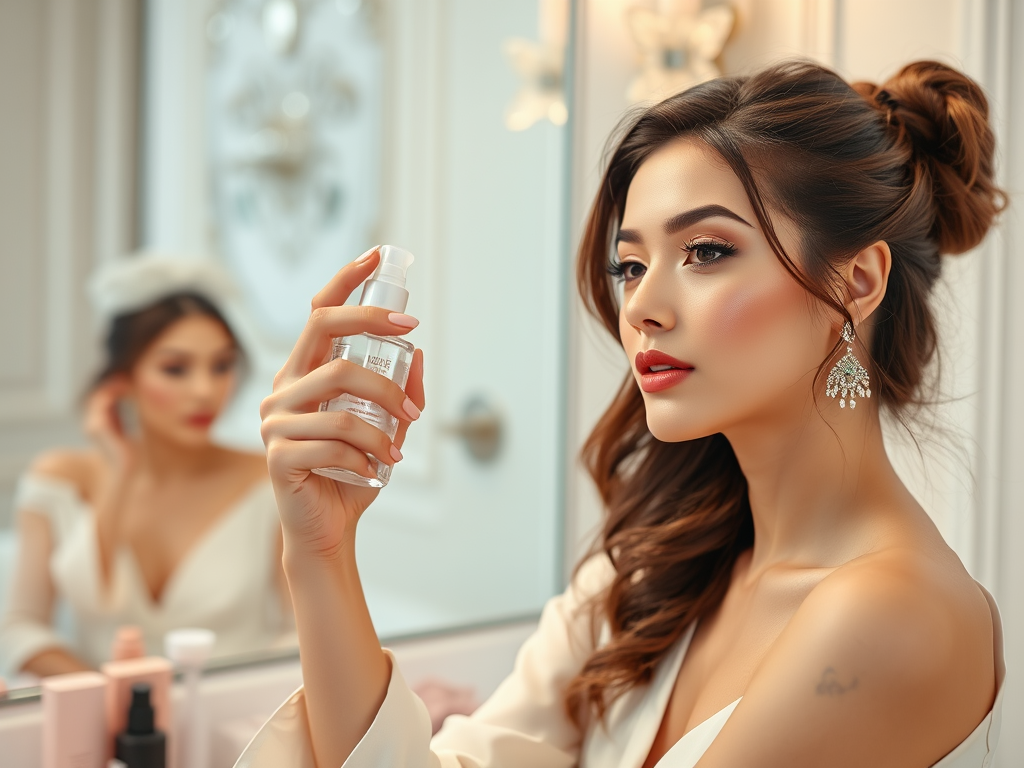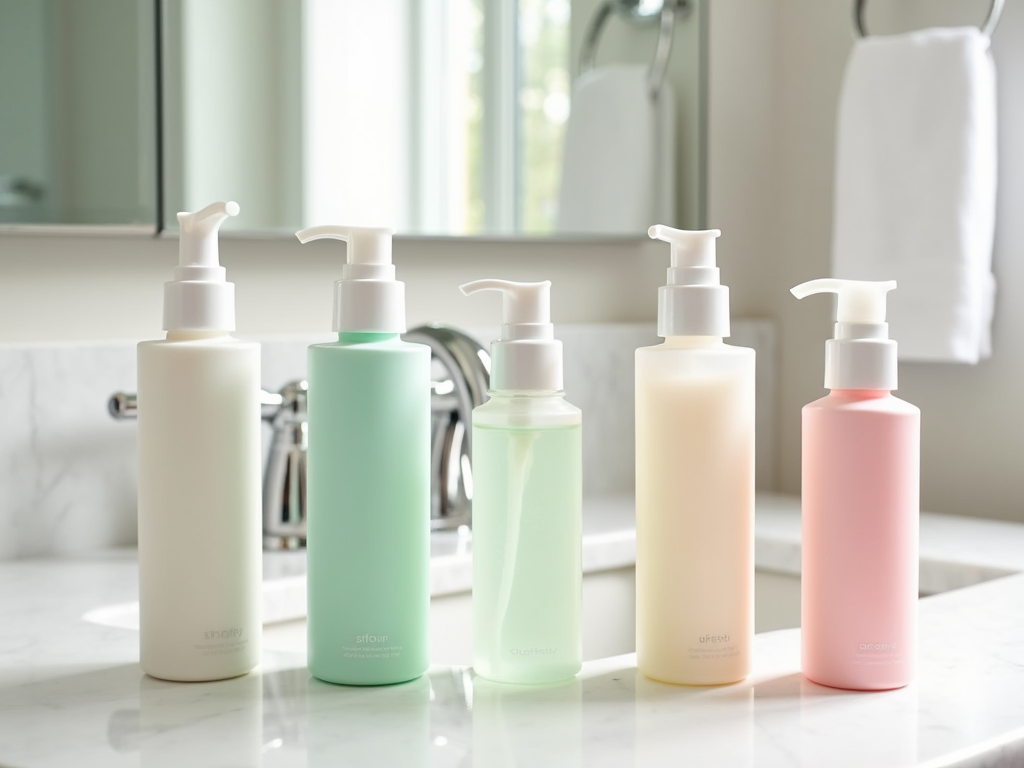Ingrown hairs can be a nuisance, especially when they’re hidden from view. An ingrown hair occurs when the hair curls back or grows sideways into the skin, often leading to irritation, red bumps, or even infection. You might be tempted to go digging for it, but that can cause more harm than good. This article guides you through identifying and safely removing an ingrown hair you can’t see, as well as how to prevent them in the future.
Understanding Ingrown Hairs
Ingrown hairs form when a hair follicle becomes clogged with dead skin cells, causing the hair inside to grow sideways under the skin rather than upward and outward. Tight clothing, thick curly hair, and certain hair removal methods can exacerbate this problem. Non-visible ingrown hairs are particularly challenging because they can create discomfort without visible signs, making them harder to treat.
The differences between visible and non-visible ingrown hairs lie primarily in the inflammation and how easy they are to locate. Visible ones present as raised red bumps that you can often see the hair inside of. In contrast, non-visible ingrown hairs may not have a noticeable bump, and the hair might be growing underneath the skin without piercing through to form a loop that you can grab.
- Causes of Ingrown Hairs:
- Improper shaving technique.
- Friction from tight clothing.
- Clogged hair follicles due to dead skin cells.
- Naturally curly or coarse hair types.
Untreated ingrown hairs can lead to complications such as bacterial infections, hyperpigmentation, scarring, and even the formation of cysts. Knowing how to address them safely is essential for maintaining healthy skin.

Prevention Strategies
The best approach to dealing with ingrown hairs is prevention. Here are some methods to incorporate into your routine:
- Proper shaving techniques: Always use a sharp razor, shave in the direction of hair growth, and use a shaving gel or cream to reduce friction.
- Skincare routine for prevention: Cleansing and moisturizing can keep the skin supple and lessen the likelihood of ingrown hairs. Regularly replace old razors to decrease the risk of skin irritation and infection and consider using over-the-counter (OTC) products that help to reduce ingrown hairs, such as those containing salicylic acid or glycolic acid.
- The role of exfoliation: Exfoliating regularly helps to remove dead skin cells that can clog pores and trap hairs. Chemical exfoliants, like those mentioned previously, or mild physical exfoliants can be incredibly effective.
| Product Type | Example Ingredient | How It Helps |
|---|---|---|
| Chemical Exfoliant | Salicylic Acid | Unclogs pores |
| Moisturizer | Glycerin | Hydrates skin |
| Tweezers (for removal) | Stainless Steel | For precise hair removal |
Treatment Methods
When you’ve got an ingrown hair that you can’t see, your best bet is to use methods that will coax the hair out without physically pulling it. Here are some non-invasive methods worth trying:
- Warm compresses and its benefits: Applying a warm, wet cloth to the area can soften the skin and bring the hair closer to the surface. Do this several times a day for relief and to potentially aid the hair in naturally coming out.
- Topical treatments to reduce inflammation: There are several OTC treatments that can reduce swelling and treat the ingrown hair without the need for extraction. Look for products containing aloe vera or cortisone to soothe the skin.
- Topical Treatments:
- Aloe vera gel for calming the skin.
- Hydrocortisone cream to reduce inflammation.
Always make sure to cleanse the area before applying any treatment, and do not use any product that irritates your skin or causes an allergic reaction.
When to see a professional isn’t always clear-cut, but generally, if an ingrown hair is causing severe pain, seems to be getting worse, or shows signs of infection, such as increased redness, swelling, or pus, a visit to a dermatologist or healthcare provider is in order.

Step-by-Step Guide to Removing Non-Visible Ingrown Hairs
If non-invasive methods do not bring the ingrown hair to the surface, and you’re certain there’s a hair that needs to be removed, careful extraction may be necessary. First and foremost, ensure that your hands and the tools you use are sterilized to avoid introducing any bacteria into the skin, which can lead to infection.
The tools you’ll need include fine-pointed tweezers and a sterile needle. Begin by sterilizing these tools with rubbing alcohol. Secondly, wash your hands thoroughly with antibacterial soap to minimize the risk of transferring pathogens to the affected skin area.
- Initial steps and cautionary measures:
- Cleanse the skin with a gentle soap to remove any oils or debris.
- Apply a warm compress to the area to open up the pores and make the hair easier to reach.
- Don’t force the hair out; if it doesn’t come out easily, apply a topical cream and wait for it to surface naturally.
Only proceed with removal if you can actually see the hair near the surface of the skin; never cut or dig into the skin blindly, as this can cause serious damage and scarring. If at any point the process seems too difficult, it’s best to consult a professional.
Aftercare and Monitoring
After you have successfully removed an ingrown hair, aftercare is crucial to promote healing and prevent further issues. You should apply a small dab of over-the-counter antibiotic ointment to the area to ward off potential infection, and avoid any immediate hair removal in the same area until it has fully healed. Keep the skin clean and well-moisturized, and continue to use warm compresses if any tenderness persists.
Watch for signs of infection such as increased redness, swelling, or pus. If you experience any of these symptoms, or if the area becomes painful, seek medical advice.
- Post-removal care:
- Apply a mild antiseptic to the area to protect against infection.
- Avoid wearing tight clothing that may rub against the affected area.
- Monitor the area for a few days to ensure it’s healing properly.
With careful monitoring and proper care, your skin should recover swiftly from an ingrown hair removal. Remember that prevention is always better than cure, so maintain a good skincare routine to decrease the likelihood of ingrown hairs in the future.

Conclusion
Managing ingrown hairs—especially those you can’t see—demands patience and the right approach to skin care. Remember to prioritize non-invasive treatments, resort to extraction only with visible hairs, and emphasize on preventing their occurrence in the first place. Equipped with these insights, you can handle ingrown hairs safely and effectively.
Frequently Asked Questions
1. What should I do if I can’t remove an ingrown hair myself?
If an ingrown hair is too deep or you’re unable to remove it after a gentle attempt, it’s important to consult a dermatologist or healthcare professional to avoid complications such as infection or scarring.
2. Can ingrown hairs resolve on their own without treatment?
Yes, sometimes an ingrown hair can rectify itself without intervention. Warm compresses and exfoliation may help the process, but if it’s persistent, it might require treatment.
3. Are there any special considerations for ingrown hairs in sensitive areas?
Yes, sensitive areas require extra care to avoid irritation. Use non-comedogenic products and avoid aggressive exfoliation. If you’re unsure about treatment, it’s best to see a professional.
4. How can I tell if an ingrown hair is infected?
An infected ingrown hair might be characterized by increased redness, swelling, pus, and pain. If you notice these symptoms, seek medical attention promptly.
5. Is there any way to permanently prevent ingrown hairs?
There’s no guaranteed permanent solution, but regular exfoliation, proper shaving technique, and avoiding tight clothing can drastically reduce their occurrence. Laser hair removal is a more permanent option, but even that might not eliminate ingrown hairs completely.



